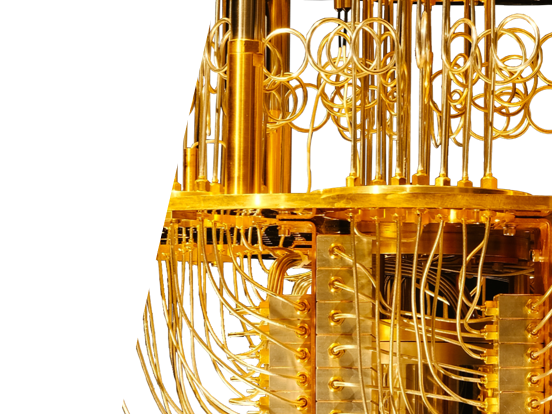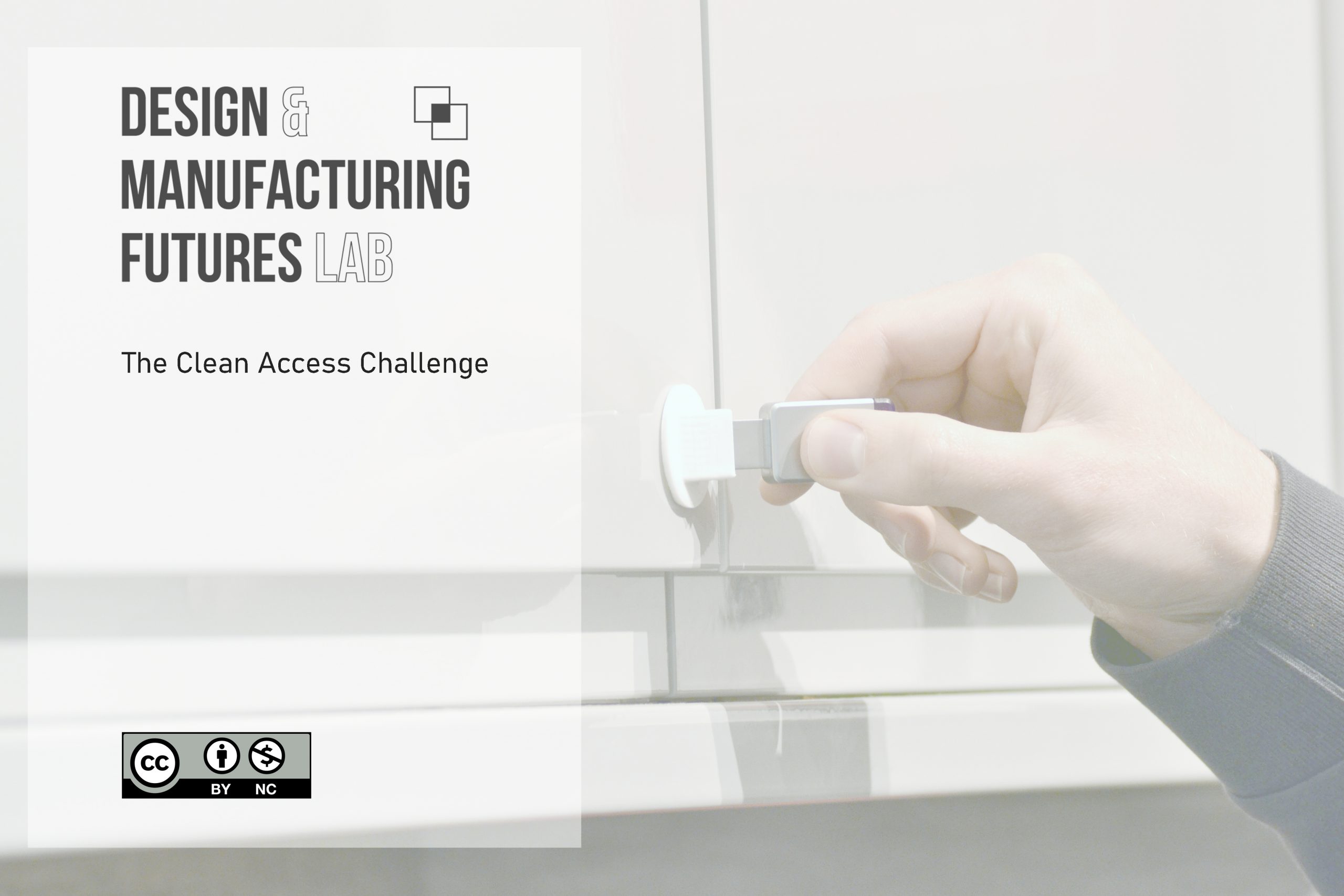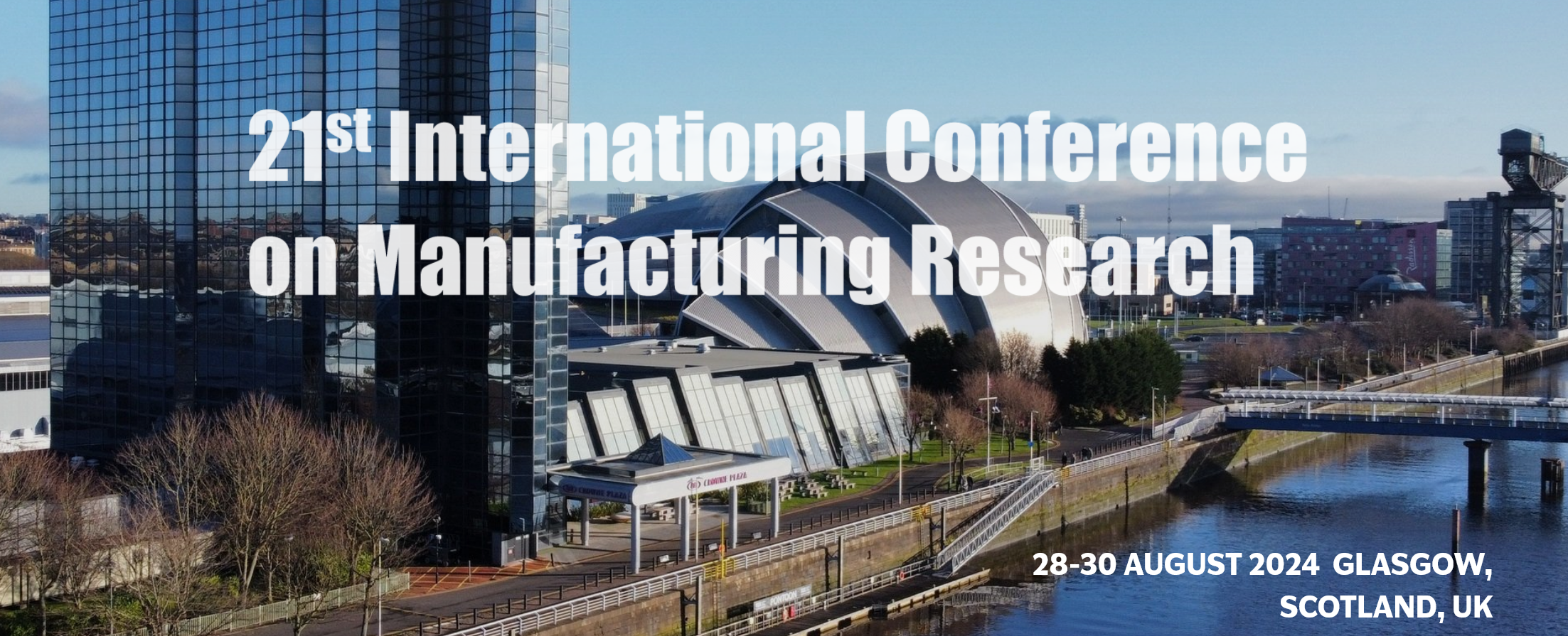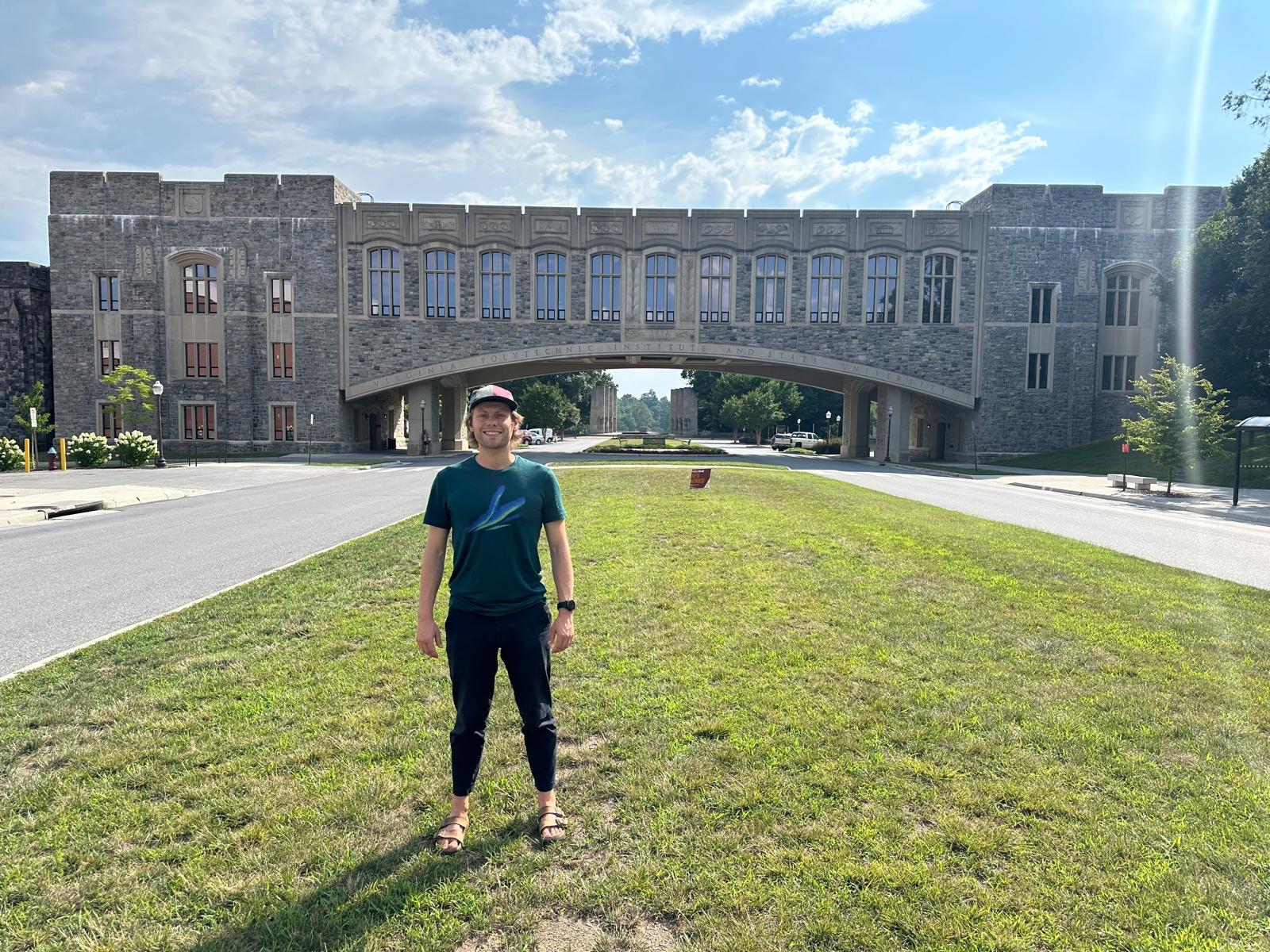Oliver Schiffmann, MEng

Why Quantum Computers?
However, no matter how well our computational methods perform, designers are always looking to increase the fidelity and expanse of the design space they are exploring. Never satisfied, the primary objective remains to reduce uncertainty and increase confidence in the design taken to production.
As problem complexity increases the advantage classical computation methods provide plateaus. This increasing complexity becomes a limitation as we reach the upper end of our manufacturing process limits for classical processors. Despite increasing numbers of transistors the clock speed of classical computers is capped. Further, having evaluated a set of options, it may be be useful to store the results for later analysis or selection. However, with modern hard disk drives storage capacity in the 10s of TBs we are quickly diverging from what is capable with classical computers.
These factors limit the vastness and complexity of the problems we can tackle as engineering designers. This begs the question “Are there a fundamentally different approaches to representing and resolving Engineering Design design spaces?”. The approach being examined in this PhD is quantum computing, which has emerged
as a promising method that overcomes some of the barriers faced by classical methods. The field of quantum computation remains an evolving field, within which there are a variety of techniques being developed.
Progress Made in the First Year
Interest in the potential for quantum computation in engineering design began with work conducted by the supervisors of this PhD – James Gopsill and Ben Hicks. This spawned a summer internship completed by Oliver and resulted in a conference publication “Research Questions in Applying Quantum Computing to Systems Design“. This publication provided a starting point from which Oliver’s PhD could begin.
To answer these research questions, a stronger background in quantum information and computation was required. This was obtained through the completion of several taught courses at the University of Bristol during year 1 of the PhD. Further, self-guided exploration of two quantum SDKs, Qiskit and Ocean, was performed. This aimed to fill the practical knowledge gaps left by the academic courses.
With this fundamental knowledge in hand, an investigation into the existing literature covering quantum computing and its applications to engineering problems was conducted. This led to a categorisation of the field clarifying the avenues for further investigation, as well as highlighting the impact of the chosen quantum hardware can have on performance. It also demonstrated the relative infancy of the field of quantum computation for engineering. The combination of this field’s rapid development and the need to consider the affordances of different hardware architectures highlights the potential for drastic changes within this PhD’s timeframe.
Progress Made in the Second Year
The majority of the work conducted in the second year of this PhD culminated in a Journal paper titled “Comparing Gate and Annealing-based Quantum Computing for Configuration-Based Design Tasks” – this is currently under review for Design Science. This journal paper covers a large body of work investigating and comparing two different quantum computing algorithms applied to a configuration design problem. Both approaches were run using real quantum hardware from IBM and D-wave. Their quantum devices were accessed through cloud-based job submission architectures.
The comparison of two different quantum computing approaches helped to identify important considerations for engineering designs trying to use this new technology in the near-term. It also provided useful direction for the remainder of this PhD.
After the submission to Design Science, an investigation into the most relevant/important engineering design problems tackled using classical computational methods was performed. This was done so that an informed decision could be made about what problems (other than configuration design) most warranted a quantum solving approach.
Going Forwards
Moving into the second half of this PhD, Oliver will be looking at the following questions:
- Which of the key engineering design problems identified should we attempt to develop a quantum computing approach for?
- Which of the available NISQ hardware topologies would be most suited for the developed quantum approach?
- How does the quantum hardware affect the quality of solutions? For example does it provide usable results?
- If useable results are not achieved for a specific approach and hardware pairing, what hardware milestones would we need to reach to realise this goal?
To answer these questions, the next stage of work is to select one of the engineering design problems identified (or rather choose an abstraction that is representative of that problem to make any findings/methodologies more widely applicable) and choose an appropriate quantum algorithm. Then, a reference model can be built using quantum simulators. This process will be repeated for a total of three problems. Specific hardware implementations could then be considered. This order of operations should help avoid the rapid pace of development in quantum hardware making results obsolete.
Academic Citizenship and Continued Professional Development
As well as the work examining the potential for quantum computers in engineering design, Oliver has led/been involved with several other projects during his PhD. This can be seen most clearly in the following list of publications:
Journal
- O. Schiffmann, B. Hicks, A. Nassehi, J. Gopsill, and M. Valero. “A Cost–Benefit Analysis Simulation for the Digitalisation of Cold Supply Chains”. In: Sensors 23.8 (2023). ıssn: 1424-8220. doı: 10.3390/s23084147
- H. Felton, O. Schiffmann, M. Goudswaard, J. Gopsill, C. Snider, R. Real, A. McClenaghan, and B. Hicks. “Maker Communities and the COVID-19 Pandemic: A Longitudinal Analysis of Thingiverse’s Response to Supply Shortages”. In: Royal Society Open Science (2023).
Conference
- M. Valero, O. Schiffmann, A. Nassehi, and B. Hicks. “Digital Twin Design and Evaluation for Dynamically Optimised Distribution Strategy in Food Supply Chains: An Exploratory Case Study”. In: Proceedings of the 32nd annual Flexible Automation and Intelligent Manufacturing Conference. Porto – Portugal, June 2023
- J. Gopsill, B. Hicks, O. Schiffmann, and A. McClenaghan. “A Sustainable Computational Design Concept Using Web Service Methods”. In: Proceedings of the Design Society 3 (2023), pp. 425–434
- J. Gopsill, O. Schiffmann, and B. Hicks. “Research Questions in Applying Quantum Computing to Systems Design”. In: Design Computing and Cognition’22. Ed. by J. S. Gero. Cham: Springer International Publishing, 2022, pp. 735–745. ısbn: 978-3-031-20418-0. doı: 10.1007/978-3-031-20418-0_43
- R. Ballantyne, A. McClenaghan, O. Schiffmann, and C. Snider, “Critical component detection in assemblies: a graph centrality approach,” In: Proceedings of the Design Society, vol. 4, pp. 1929–1938, 2024. doi:10.1017/pds.2024.195
In Review
- O. Schiffmann, J. Gopsill, and B. Hicks. “A Performance Comparison Between Annealing and Gate-based Methods for Combinatorial Optimisation”. In: Design Science (2024). In Review
Last updated: 24/07/2024
If you’re interested in any of my work, please get in touch.
Recent Posts
Attending the 30th ICCES 2024 Conference in Singapore
The 30th International Conference on Computational and Experimental Engineering and Science (ICCES2024) was held from August 3 to 6, 2024, in Singapore. Yan Xu and Weiting Xu attended the conference, delivering oral presentations and presenting two conference papers. The two papers were: Overview of Graph Theoretical Approaches in Medical Image Segmentation Yan Xu, Fengyuan Liu*, […]
Presenting at ICMR24
Aman Kukreja, Christopher Cox and James Gopsill attend and present at the International Conference on Manufacturing Research 2024.
DMF Attends DCC ’24 in Montreal
Design Spaces Workshop On Saturday, a workshop was held about design spaces, exploring what they are and how they differ from solution spaces. This led to an engaging discussion on whether parametric design and generative design are fundamentally different approaches to exploring design spaces or merely increasingly complex versions of the same method. The workshop […]
Visit to Virginia Tech
Earlier in July I was fortunate to go and visit Virginia Tech in the US at the invitation of Associate Professor Tripp Shealy. This followed on from the Design Computing and Cognition conference in Montreal where we presented a paper and ran a workshop on design neurocognition. During the visit, and along with Auron Avinash, […]






